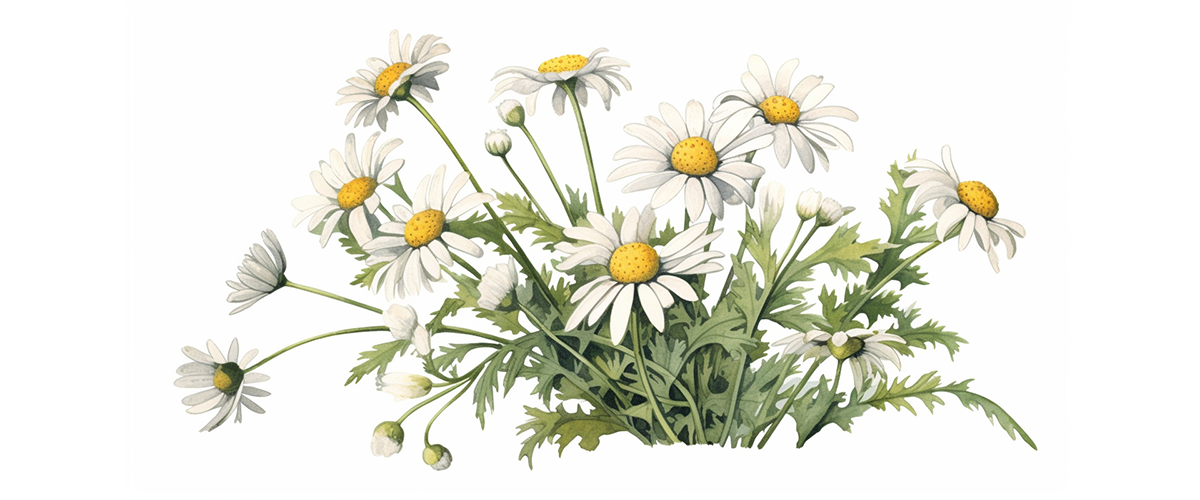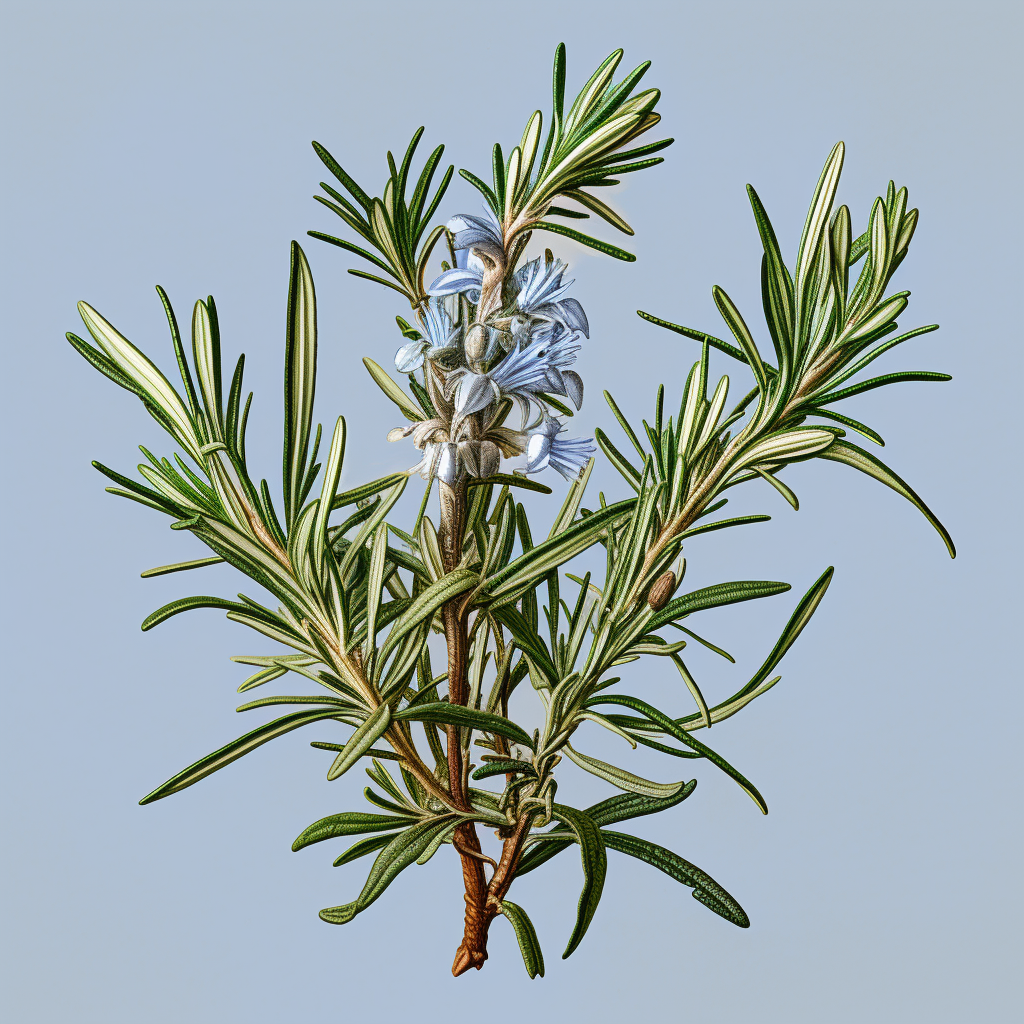Growing Chamomile: A Beginner’s Guide to Cultivating Your Own Herbal Oasis
Chamomile is a delightful and versatile herb known for its calming properties and soothing fragrance. Whether you’re a tea lover or an herbal enthusiast, growing chamomile in your garden can be a rewarding experience. In this comprehensive guide, we will explore the steps to successfully grow chamomile, from seed to harvest.

Choosing the Right Location for Chamomile
Chamomile thrives in full sun but can tolerate partial shade. Select a location in your garden that receives at least six hours of direct sunlight per day. Ensure the soil is well-draining to prevent waterlogging and root rot.
Soil Preparation for Chamomile
Chamomile prefers loamy, well-draining soil with a pH level of 5.6 to 7.5. Prior to planting, amend the soil with organic matter, such as compost or aged manure, to improve its fertility and texture. This will provide the ideal environment for chamomile to flourish.
Planting Chamomile
Chamomile can be grown from seeds or purchased as seedlings. If starting from seeds, sow them directly into the prepared soil after the last frost date. Lightly cover the seeds with a thin layer of soil and keep the area consistently moist until germination occurs, usually within two weeks.
Watering and Maintenance
Chamomile enjoys regular watering to keep the soil consistently moist but not soggy. Water at the base of the plant to prevent moisture from accumulating on the leaves, which can lead to disease. Once established, chamomile is relatively drought-tolerant.
Pruning and Harvesting Chamomile
As chamomile grows, it may develop a leggy appearance. To encourage bushier growth, pinch back the stems when the plant reaches a height of 6 to 8 inches. Harvest chamomile flowers when they are fully open but before they start to wilt. Simply snip the flower heads with scissors, leaving the leaves intact for further growth.

Pests and Disease Management
Chamomile is generally resistant to pests and diseases. However, keep an eye out for aphids or damping-off disease, which can affect young seedlings. Monitor your plants regularly, and if any issues arise, treat them promptly using organic pest control methods.
Conclusion
Growing chamomile in your garden allows you to enjoy the benefits of this aromatic and versatile herb. By choosing the right location, preparing the soil, and providing proper care, you can cultivate a thriving chamomile garden. From its calming properties to its potential for herbal teas and natural remedies, chamomile is a wonderful addition to any herb garden. Embrace the joy of growing chamomile and create your own herbal oasis.
Unveiling the Health Benefits of Chamomile: Nature’s Calming Elixir
Chamomile is a gentle and soothing herb that has been used for centuries to promote relaxation and overall well-being. Known for its delicate floral aroma and mild flavor, chamomile offers not only a delightful tea experience but also a range of health benefits. In this blog post, we will explore the numerous advantages of chamomile and how it can enhance your physical and mental wellness.

Promotes Relaxation and Sleep
Chamomile is renowned for its calming properties, making it an ideal remedy for stress relief and improving sleep quality. Its natural compounds, such as apigenin, bind to specific receptors in the brain, inducing a sense of relaxation. Sipping a warm cup of chamomile tea before bed can help you unwind and achieve a more restful sleep.
Eases Digestive Discomfort
Chamomile possesses anti-inflammatory properties that can help soothe digestive issues, including indigestion, bloating, and stomach cramps. It relaxes the muscles in the gastrointestinal tract, promoting smoother digestion and alleviating discomfort. Enjoying a cup of chamomile tea after a meal can aid in digestion and ease digestive disturbances.
Supports Skin Health
Chamomile has long been used in skincare products for its beneficial effects on the skin. Its anti-inflammatory and antioxidant properties can help reduce skin irritation, soothe rashes, and promote wound healing. Applying chamomile-infused creams or using chamomile tea as a facial toner can enhance your skin’s health and appearance.

Boosts Immune Function
Chamomile is rich in antioxidants that help protect the body from free radicals and strengthen the immune system. Its antimicrobial properties may also assist in fighting infections and supporting overall immune function. Regular consumption of chamomile tea or incorporating chamomile extracts into your diet can provide a natural boost to your immune system.
Relieves Menstrual Discomfort
For women experiencing menstrual cramps and discomfort, chamomile can offer relief. Its antispasmodic properties help relax the uterus and alleviate menstrual pain. Drinking chamomile tea during your menstrual cycle can provide a natural and soothing solution to ease discomfort.
Reduces Anxiety and Depression Symptoms
Chamomile’s calming effects extend to mental well-being as well. It has been found to reduce symptoms of anxiety and depression by promoting relaxation and soothing the nervous system. Incorporating chamomile tea into your daily routine can help alleviate stress and promote a sense of calm.
Conclusion
Chamomile is a remarkable herb that offers a multitude of health benefits, from promoting relaxation and aiding sleep to supporting digestion and boosting the immune system. Whether you enjoy chamomile as a warm tea or incorporate it into your skincare routine, its natural compounds can positively impact your physical and mental well-being. Embrace the soothing qualities of chamomile and experience the gentle power of this nature’s elixir.









